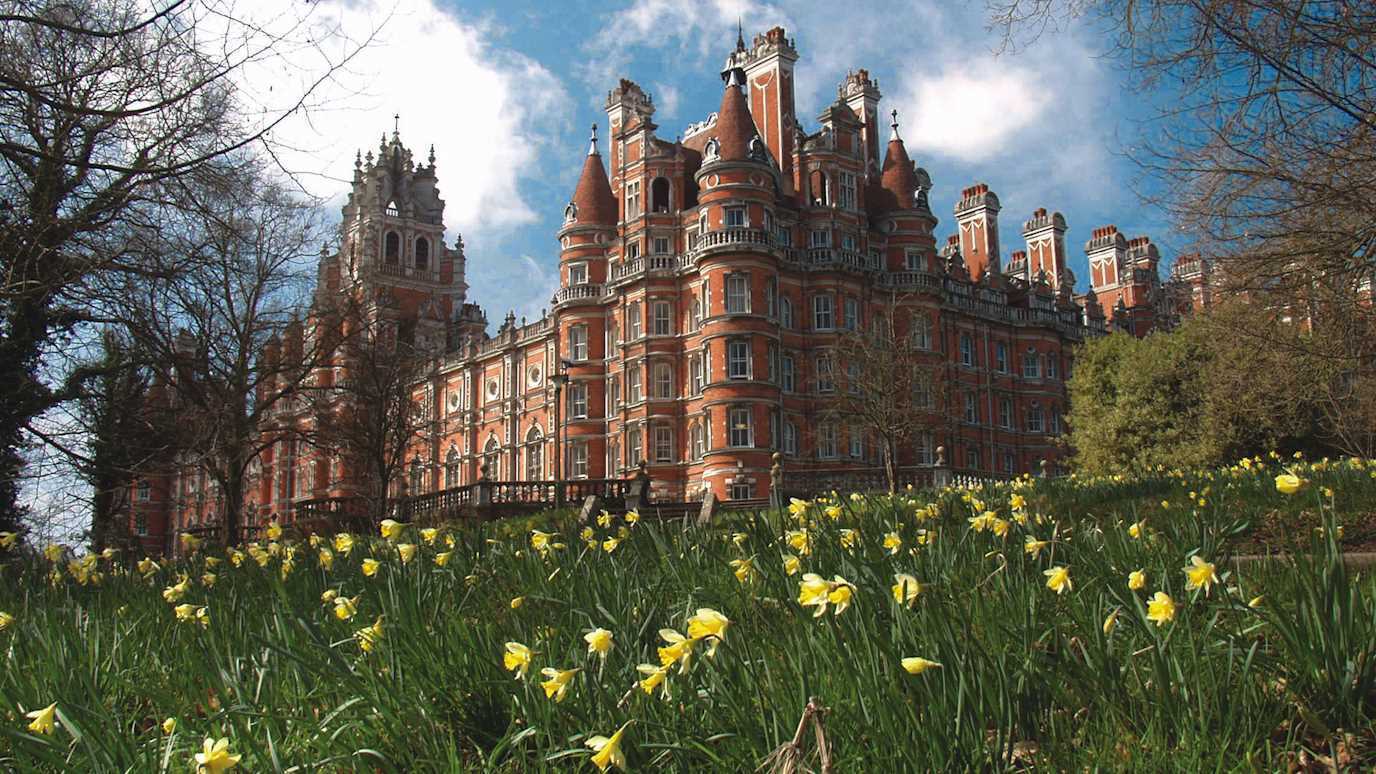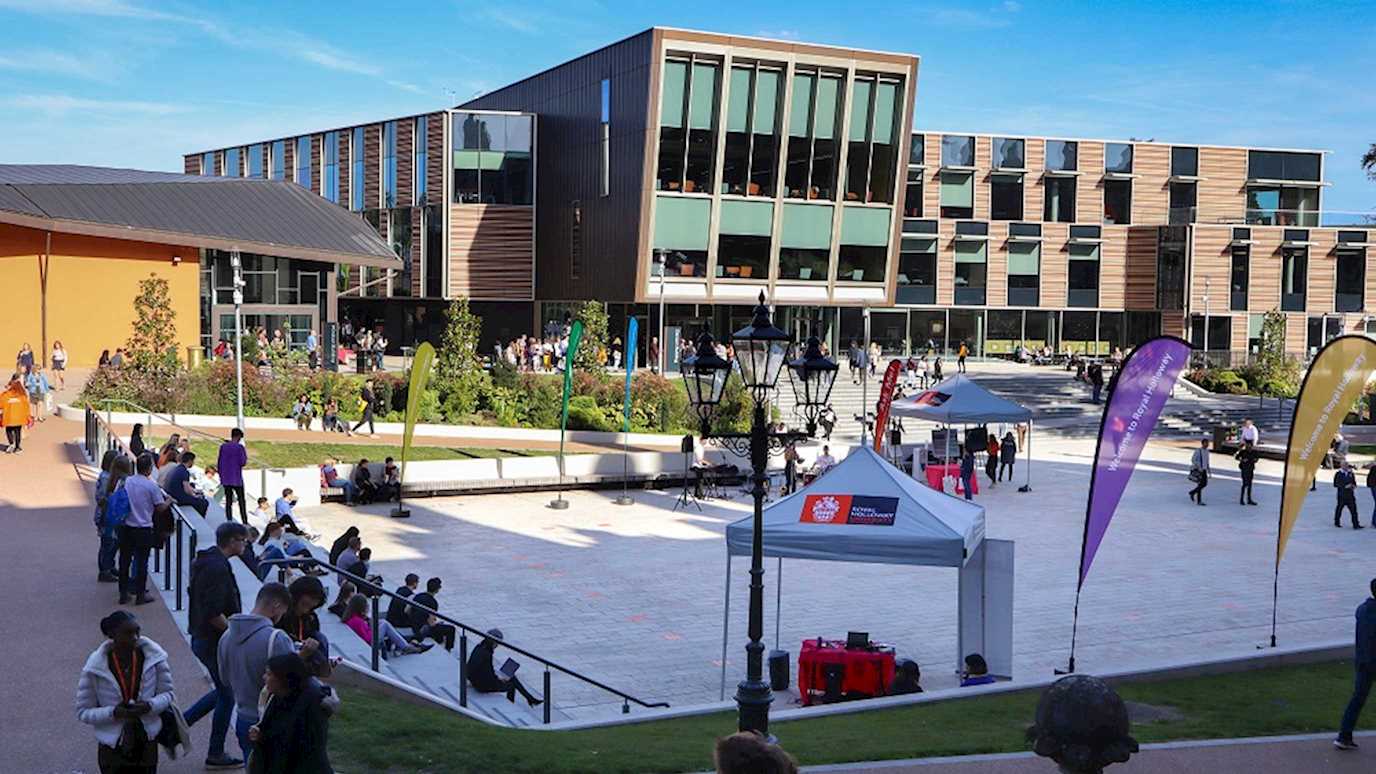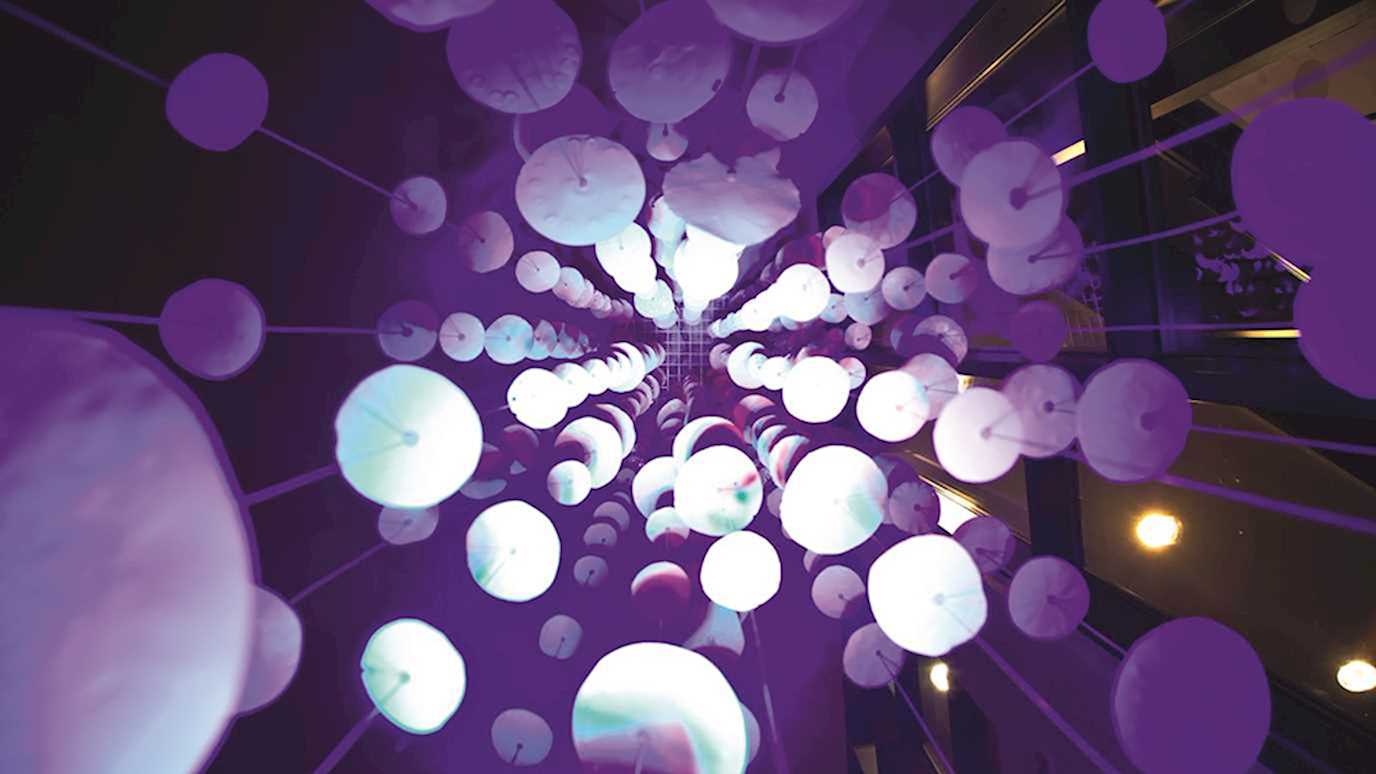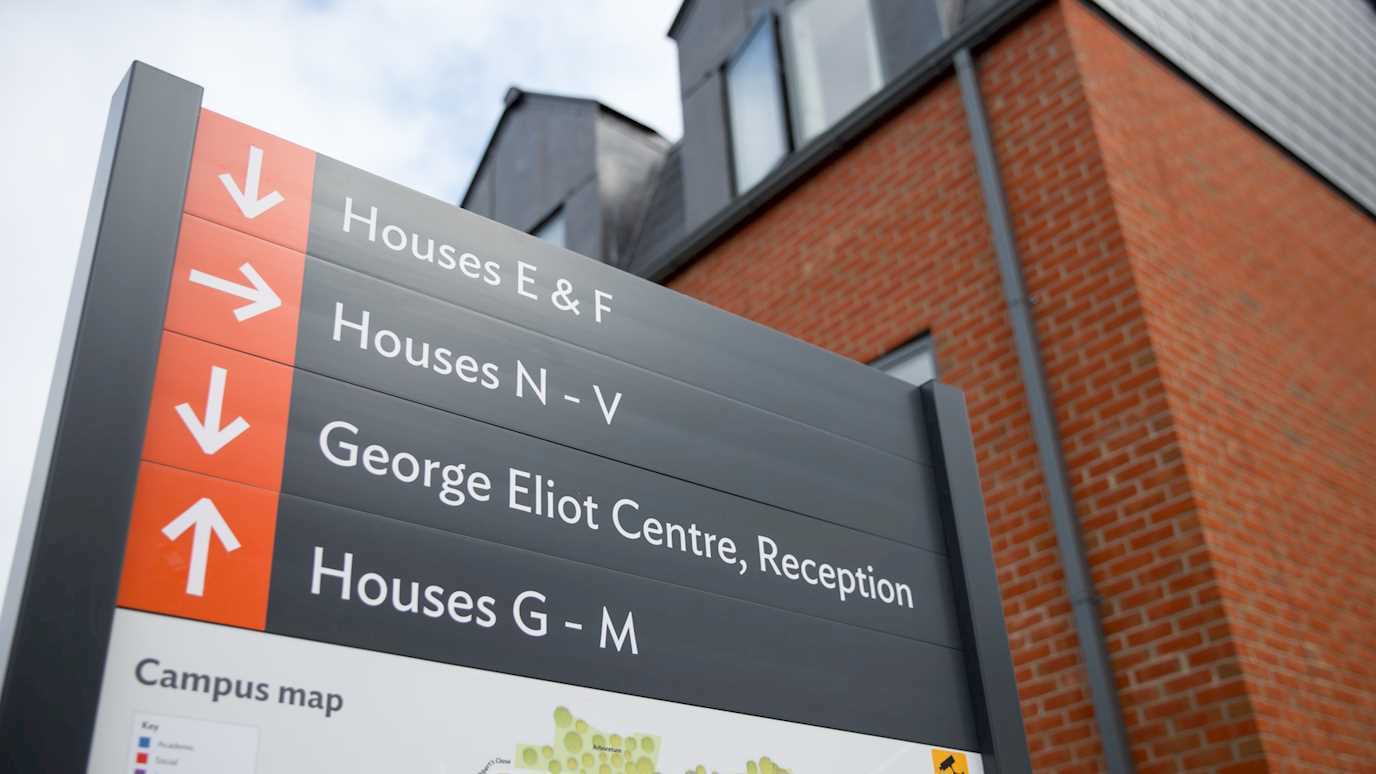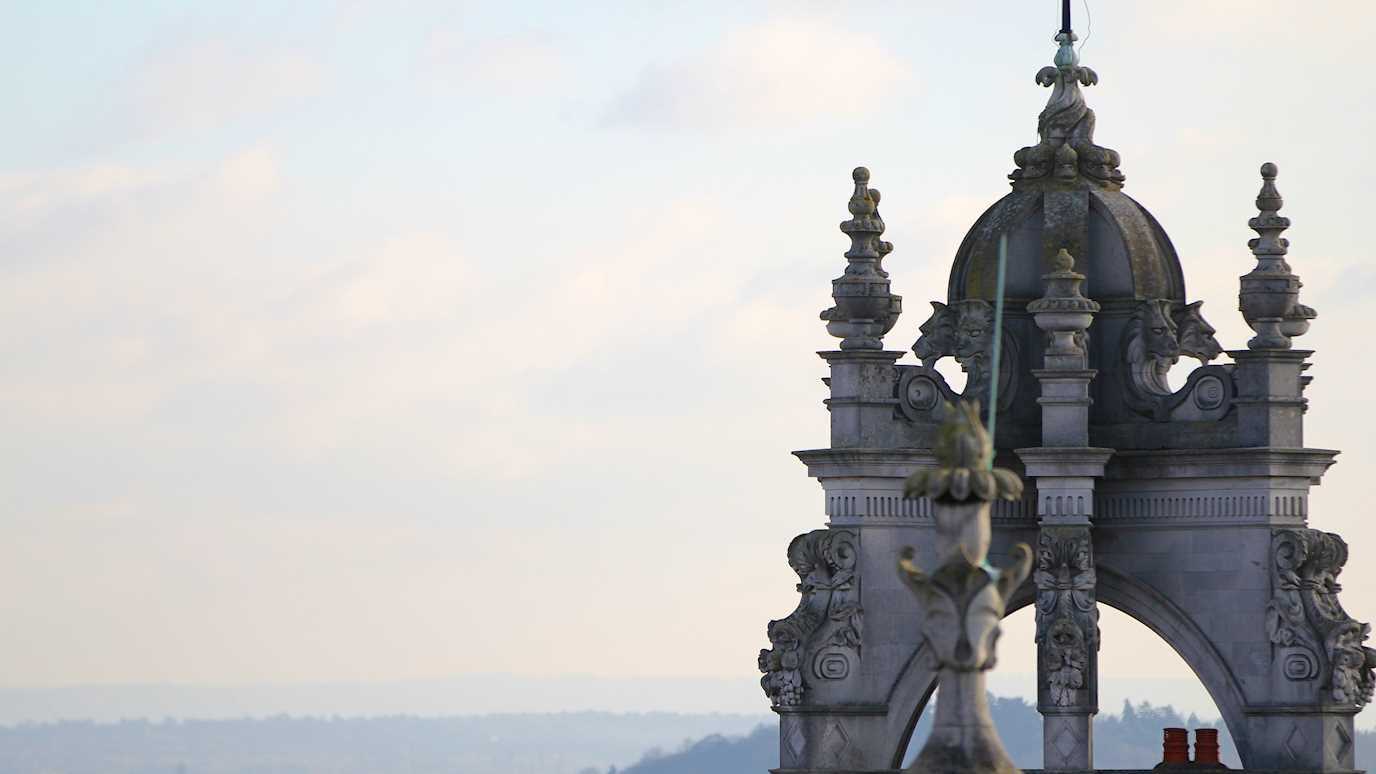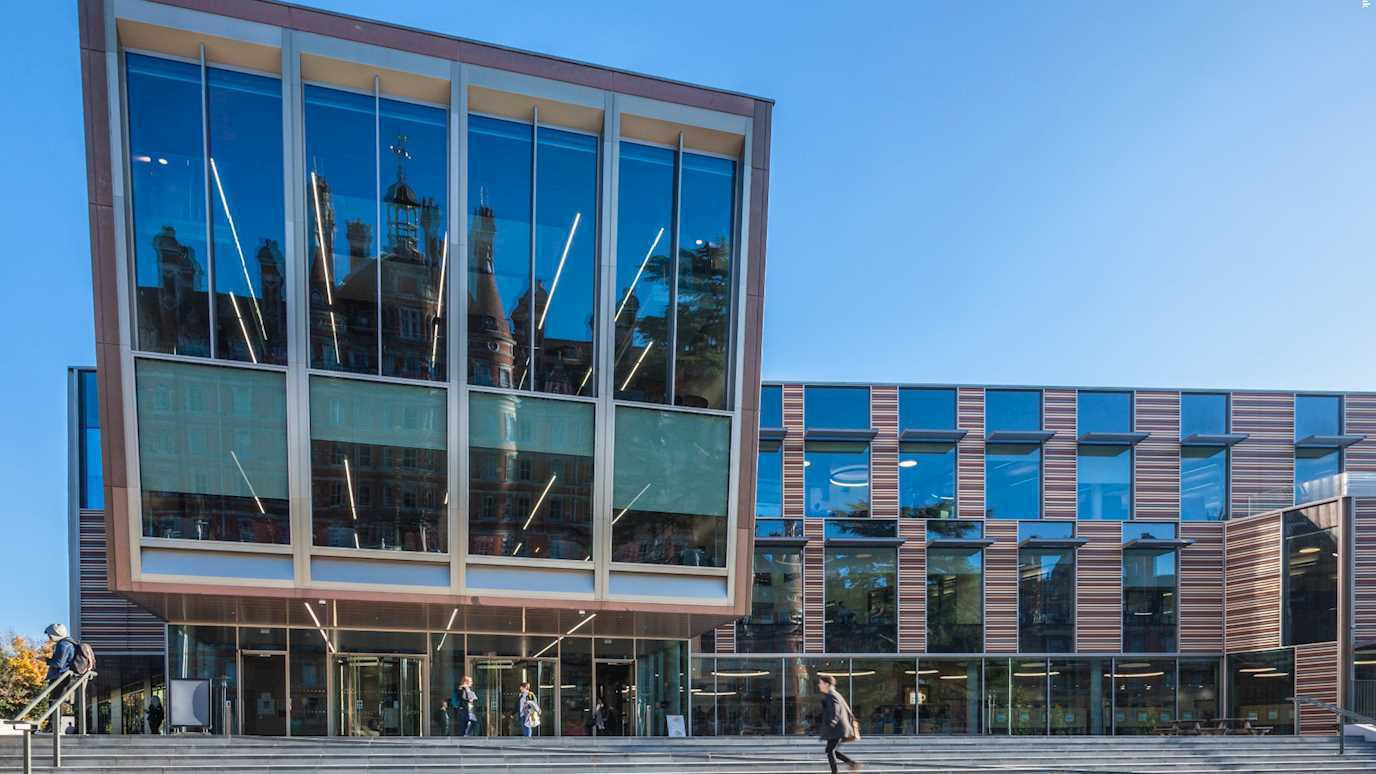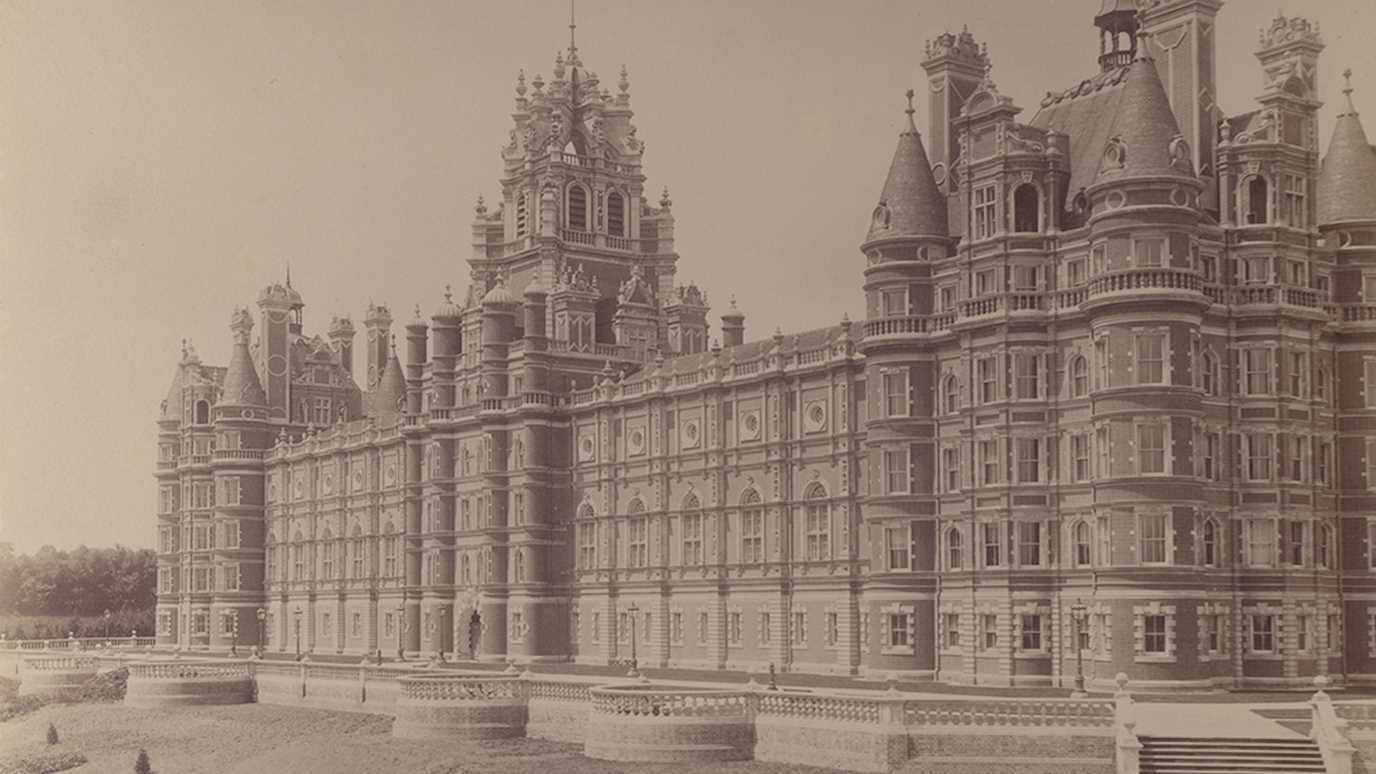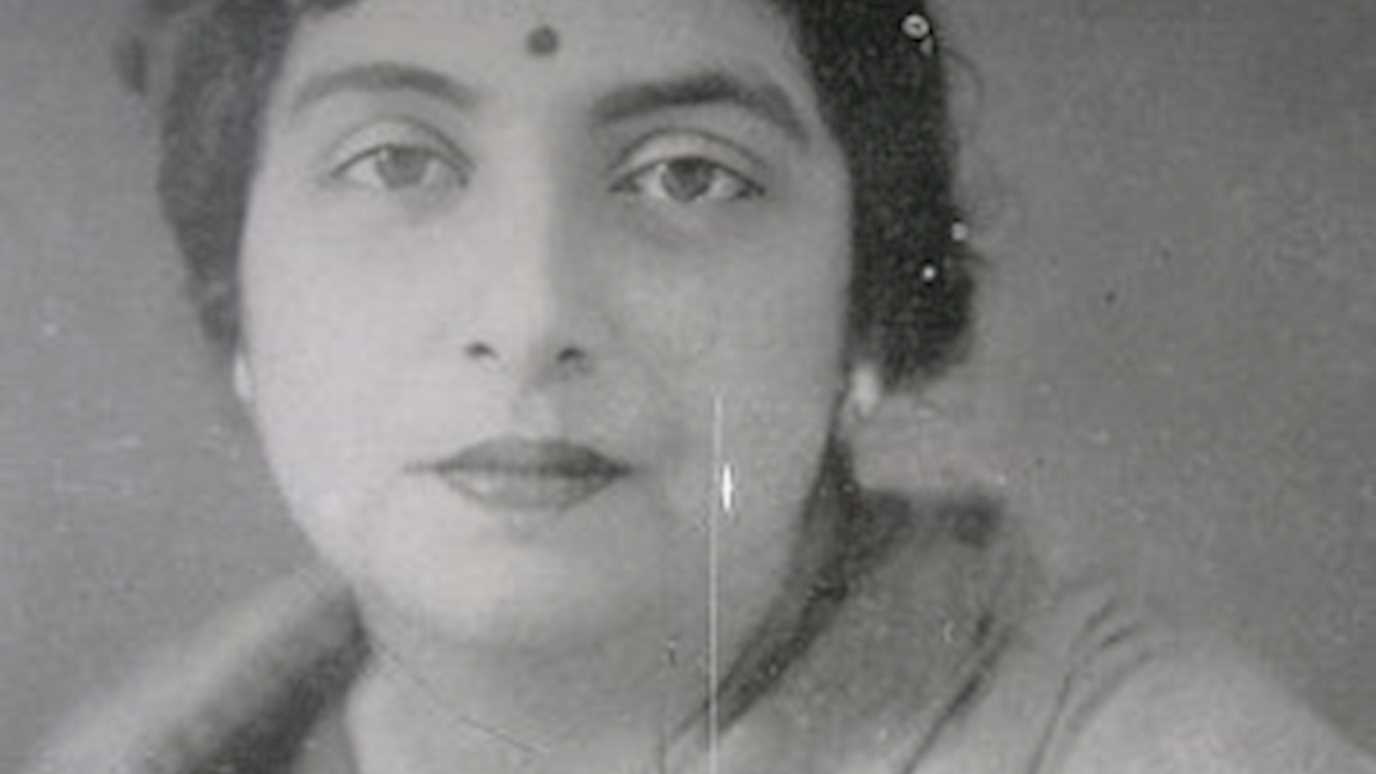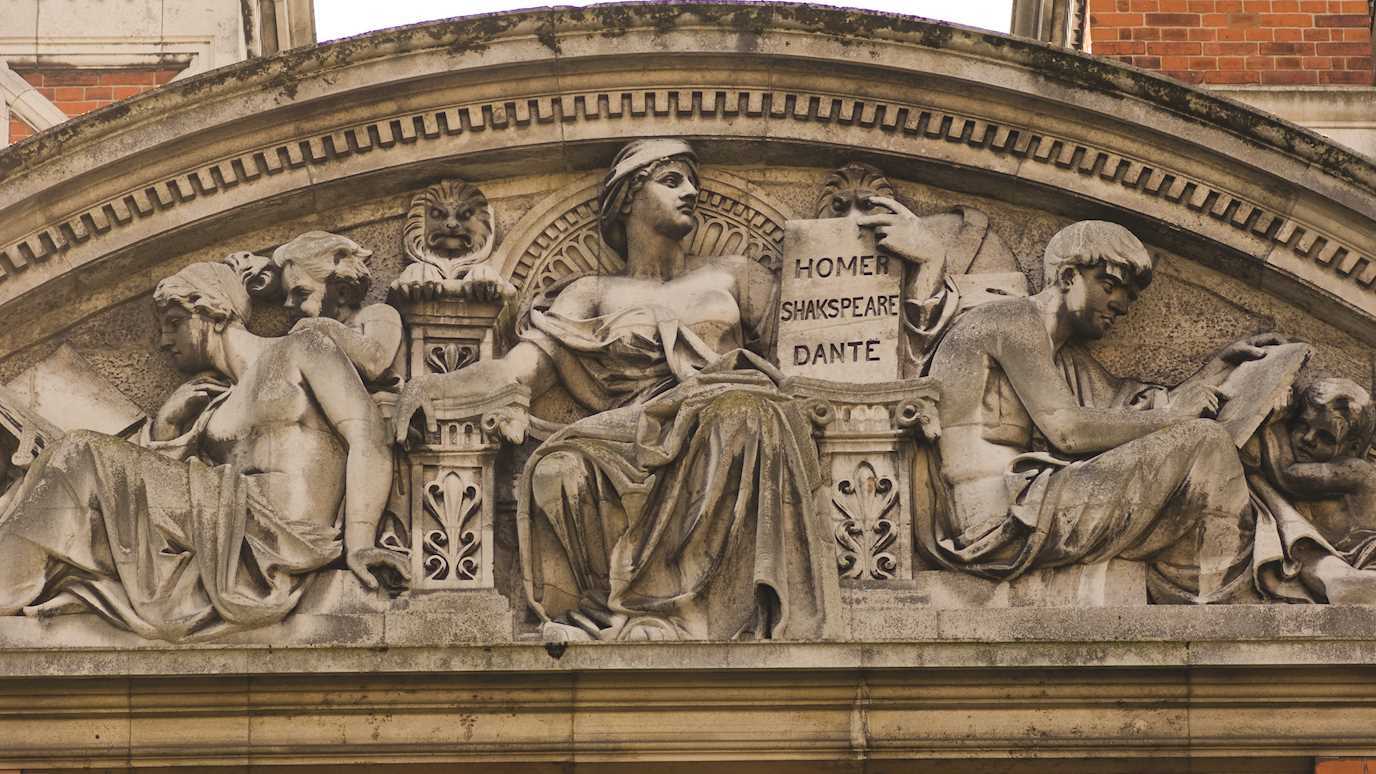Chopin was a true composer-pianist, pianist-composer. If you see a cast of his hand, and as has become rather fashionable, compare with the hand of that powerhouse of 19th century piano playing and composition, Franz Liszt, there is an almost tangible connection to be made with how the piano music of Chopin fits under the hands at the keyboard. He is of course known as a composer for the piano, with his entire output incorporating the instrument, either solo, with orchestra, in chamber music and song.
As a ‘technician’ at the piano Chopin is understood to be a performer who played in intimate spaces, the ‘salon’ and there are many discussions around his ‘identity’ as a Pole, and a type of nostalgia in his music. He arrived in Paris in 1831 after a stay in Vienna, one of any number of artists moving westwards from Russia at the time. He got to know many Polish émigrés and a younger generation of composers including Liszt and Berlioz.
Chopin published 18 Nocturnes during his lifetime, the title translating as ‘night music’ and credited to John Field, the Irish composer who lived out his years in Moscow. Chopin was evidently much influenced by Field, his piano playing and his Nocturnes. Nocturnes are not particularly lengthy pieces.
By contrast the Ballades are longer works. Chopin composed four ballades between 1831 and 1842 and these might be the most perfect examples of his sense of shape and architecture. In these works you can see his ‘technique’ as worked out in the Études plus the lyrical concentration in the Preludes and Nocturnes and the larger form of the Sonatas really coming together. ‘Ballade’ as a title is a bit less tangible in that it is the kind of piece that a performer (or listener) can, with the encouragement that it is indeed a ‘ballad’, can super impose a narrative of one’s own, a drama, a play, a plot of events rather than necessarily characters.
When thinking about ‘form’ in particular the Ballades are built around a ‘narrative’ which is based on the interaction of two contrasting themes. In the Fourth Ballade there is a kind of tension and release where the second theme is a ‘resolution of the tension generated by the first……the reprise functions as an apotheosis of the two themes’ to quote Jim Samson.
Samson further describes processes in the Cambridge Companion as:
‘….using variation and transformation techniques to describe the adventures of two contrasting themes. This thematic 'narrative' is further enhanced through explicit association (chiefly of rhythm and metre) with vocal music and also with popular genres, whose origin in specific social functions gives them unique referential value. The ballades, in short, have their own very particular kind of musical material, utterly different in kind from that of the sonatas, despite obvious formal parallels’.
For example the time signature at the outset of Ballade No. 2 and No. 4 is 6/8, with potential for a lilting, or dancing or flowing feel, as can be heard in the approach of Chopin.
Considering these three works we get an immediate sense of Chopin’s trajectory and narrative through a work.


